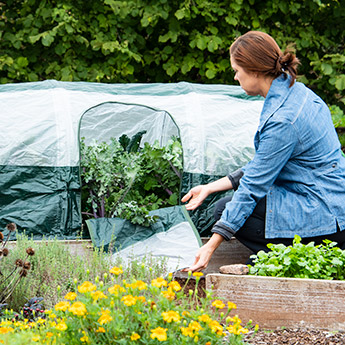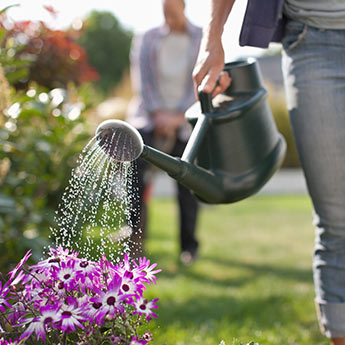Modern Mums Should not Need Much Pinching
--- Linda in Pennington, New Jersey
A: Well, that would have been my guess as well, but it turns out that the opposite is true: All of my sources maintain that the 'pinching' performed in commercial mum production is done by human hands. The University articles I read all emphasized that this is the biggest expense in mum production, and that one extra pinching in a season can mean the difference between profit and loss for a grower.
Luckily for those growers, a typical plant we'd buy today in the Fall only needs to have been 'pinched' once that season, says Mark Haines of Del-Val Flora in Sewell, New Jersey (they provide a lot of the plants for the Philadelphia Flower Show as well as to area nurseries and garden centers). But he adds that this wasn't always the case. Older varieties needed to be pinched back three or four times during the growing season, which was hugely expensive for the growers.
So breeders eventually developed varieties that are what Mark calls 'pretty much self-branching', which means they're more naturally inclined to grow the almost impossibly tight flower clusters that make these plants really pop in the Fall—a trait that previously had to be accomplished by repeated hand labor.
But even these new kinds of mums still get pinched back at least once. At Del-Val that happens in June, which is pretty much the optimum time almost anywhere. Home gardeners, if they are so inclined, can pinch their mums back several times during the season, but no matter who's doing the pinching, you have to stop before the flower buds begin to form.
And that can be tricky, because there's no visual cue. (Although another way to put this is that if you do see anything that looks like flower buds forming, it's too late to pinch.) In his book "Perennials for Every Purpose", noted garden writer Larry Hodgson gives rough cut off dates of July 15th in the North, August 1st in the 'middle latitudes' and August 15th in the deep South.
But Mark at Del-Val—who does grow specifically in and for the North—strongly suggests a conservative approach: Finish all your pinching by early July to be sure you don't remove any flower buds. Mums can easily regrow their greenery, but only put out one set of flower buds a season.
Now, what exactly does 'pinching' mean?
You reach down each stem to what Mark calls "the first truly mature leaf" (which should be an inch or two from the top of the plant) and literally 'pinch' it off the same way you'd pinch a mischievous child—or be pinched BY a mischievous child; squeeze it between your thumb and forefinger. Every stem you pinch back will branch out into two stems, theoretically doubling the number of possible flowers. And shearing or cutting doesn't achieve that; you have to pinch.
I realize this doesn't help our listener, but she also doesn't NEED to pinch her mums; they'll bloom just fine without help. Now yes, she does call her plants 'spindly', but that can be caused by lack of sun. Like lots of other plants, mums get 'leggy' if you throw shade at them. Mums will also stay naturally more tight and compact if the plants are dug up and divided every three or four years (in the Spring).
There are also lots of different kinds of mums, including varieties known as 'florist's mums'—they're bred to flower on top of long stems for cutting. So if some of our listener's mums are especially leggy, she might want to just wait until they're in full flower and then cut them with lots of stem attached to display inside in a vase. Mums are one of the longest lasting of all cut flowers.
And if she really wants that pinched-out look, I'm going to recommend a single pinching in mid-to-late June—but I want her to consider only doing the plants closest to the house and/or her favorite varieties. And most importantly—just a few plants at a time spread out over the course of several weeks; not some all-day marathon that's sure to leave you sore.
And do the work in the morning, before the sun hits the area you'll be working in, which is my favorite time to be in the garden. Loosen up those 'tired old hands' with a warm water soak (or even better, a dip in one of those warm-wax machines designed to ease achy hands) before you go out, and then pinch while sitting on a stool so you're not stressing your back.
It is so nice to putter around in the garden early, before the heat really starts to build. And if you spread the work out over a few weeks, time it for the cool of the early morning, warm up your hands before you go out, and do the work sitting down you'll turn what used to look like an onerous chore into a very pleasant garden experience.
Want more info? Here are two of the University articles I turned to for advice:http://www.clemson.edu/psapublishing/pages/HORT/HORTLF65.PDF



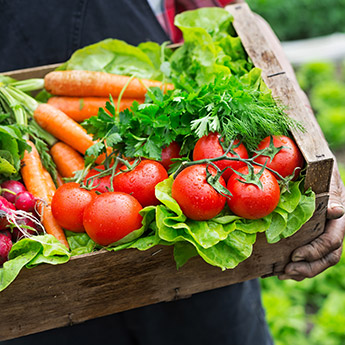
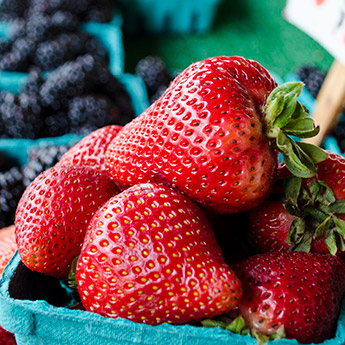
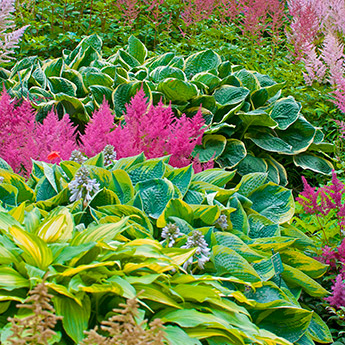
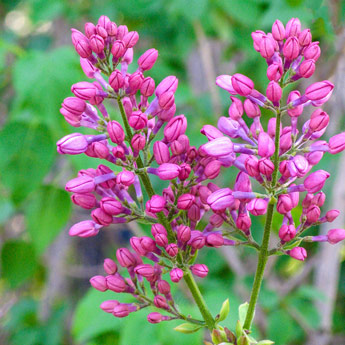
 Gardens Alive! & Supplies
Gardens Alive! & Supplies